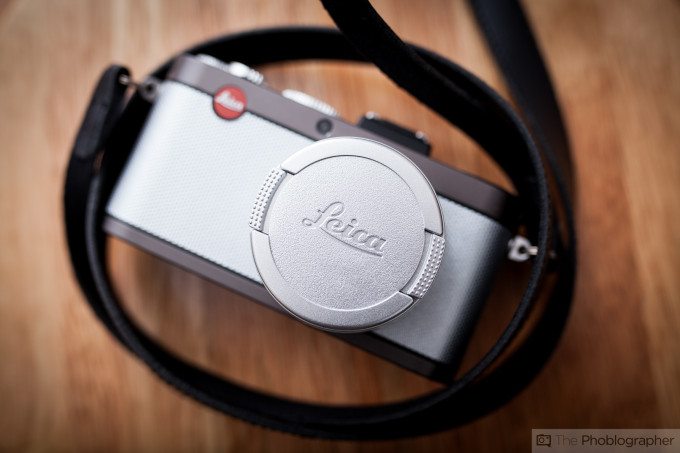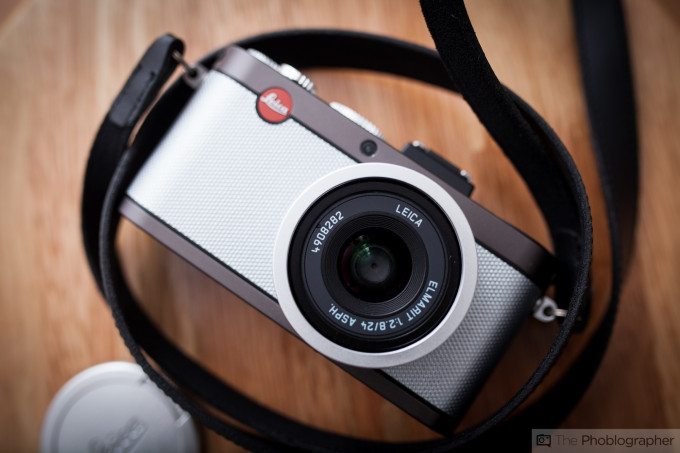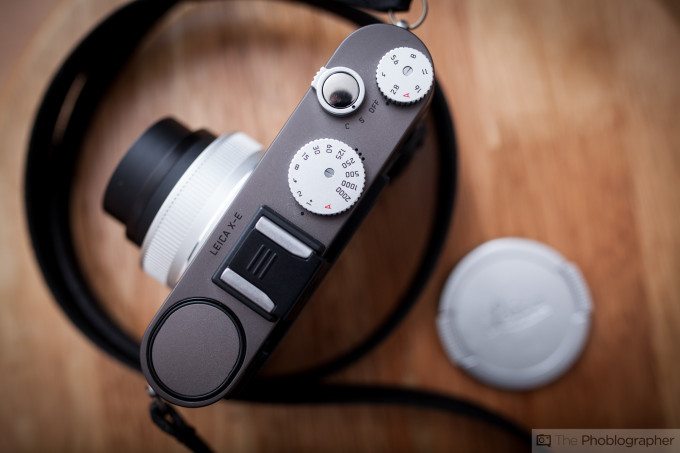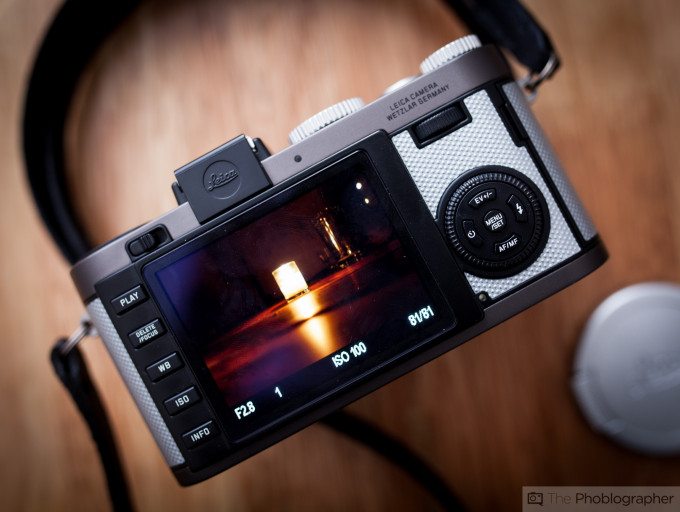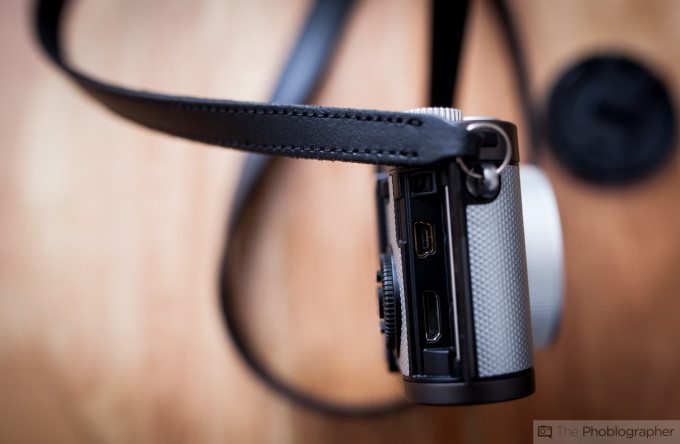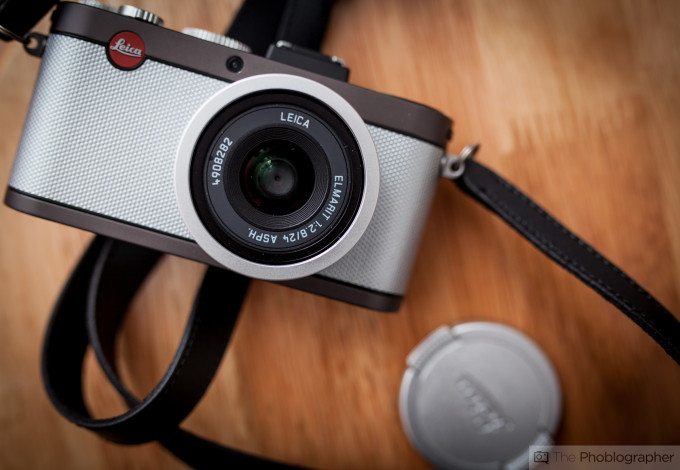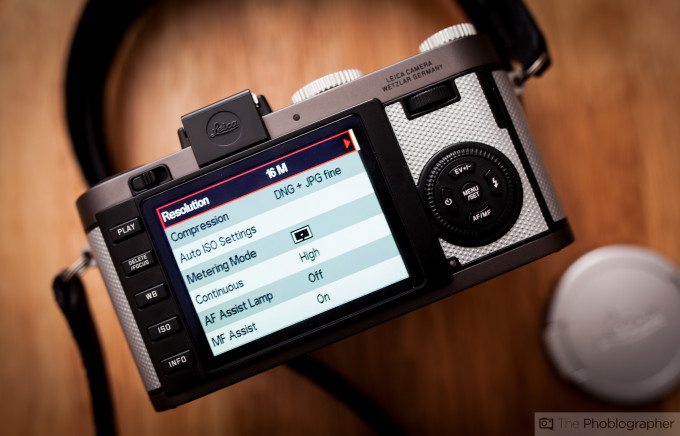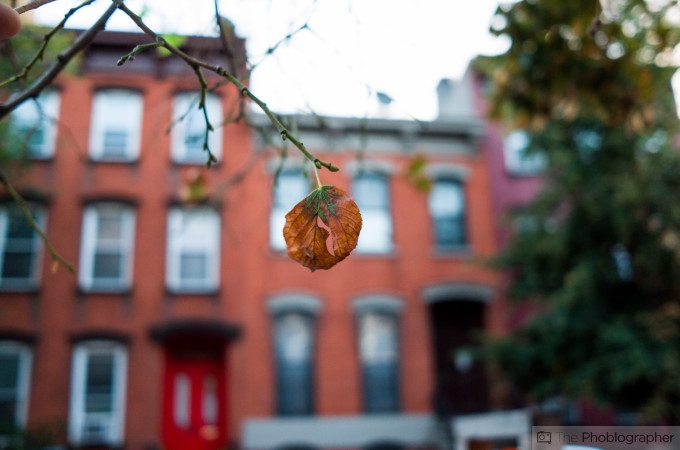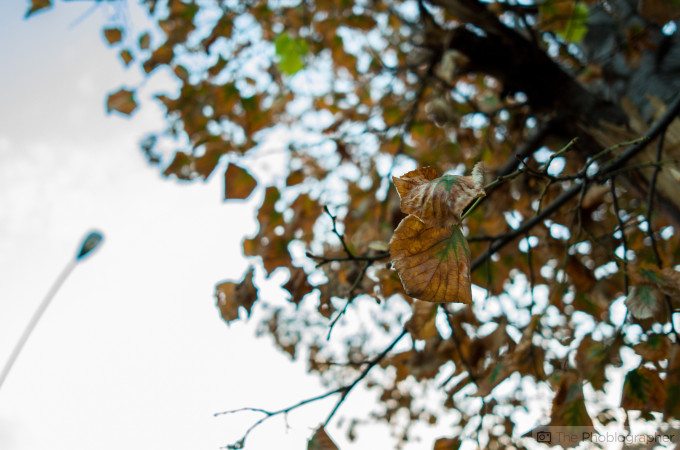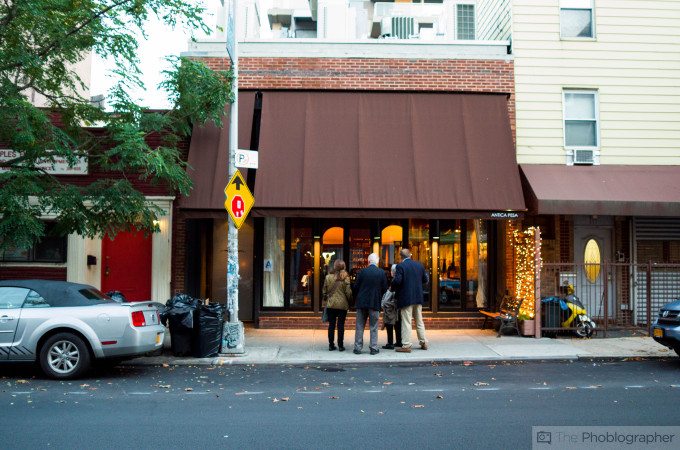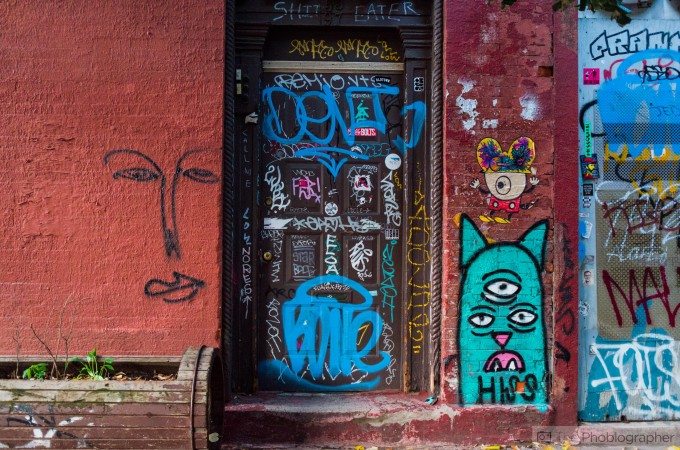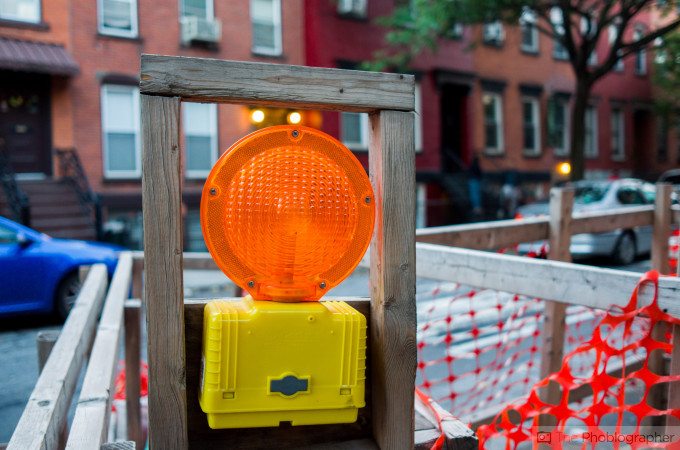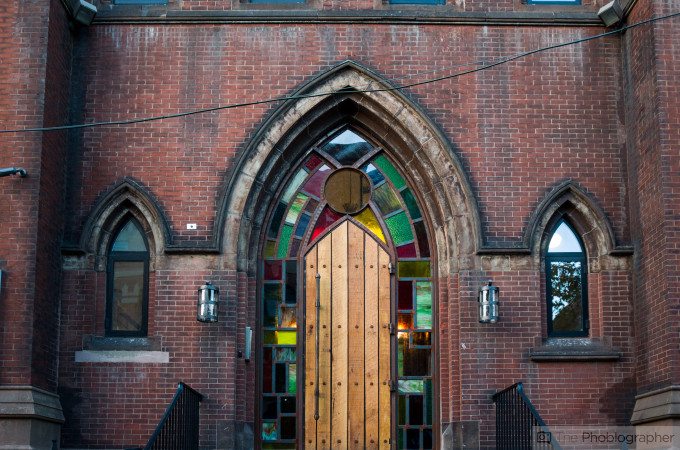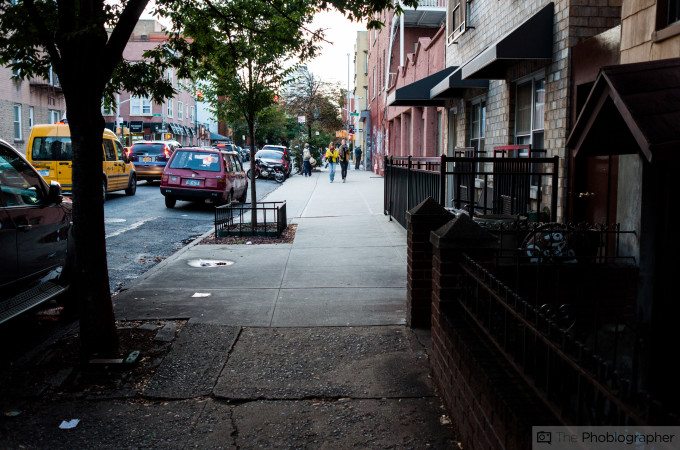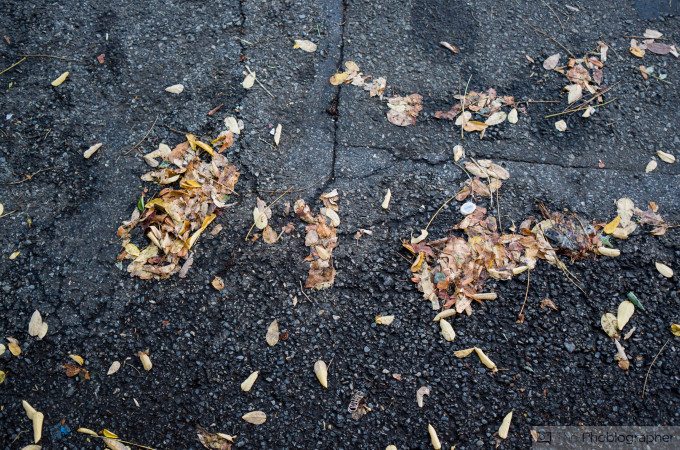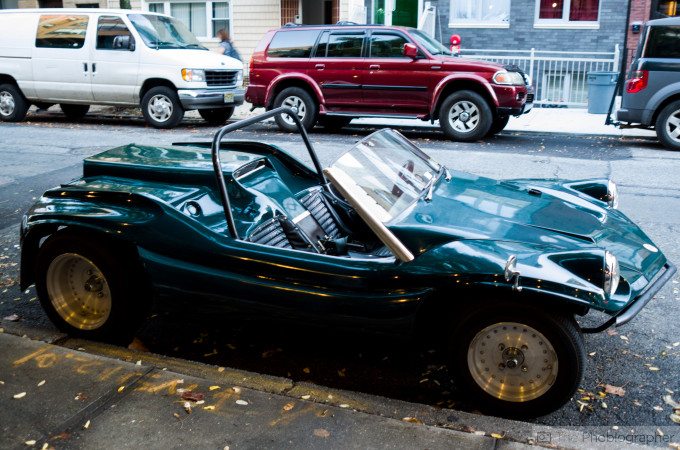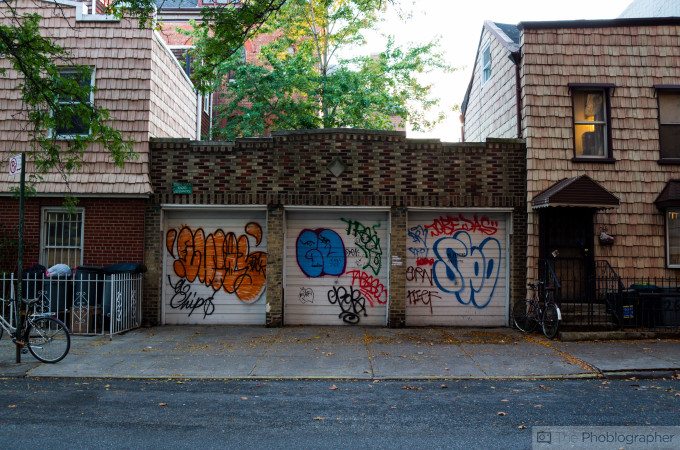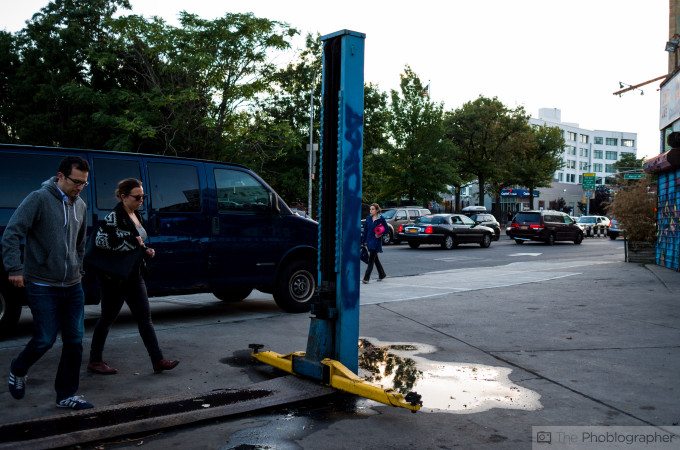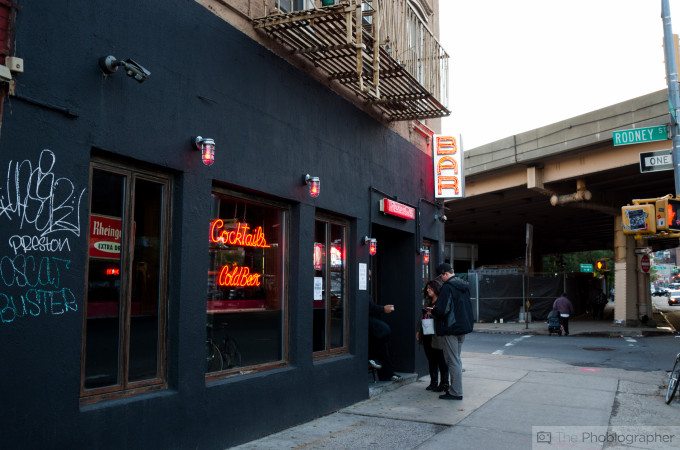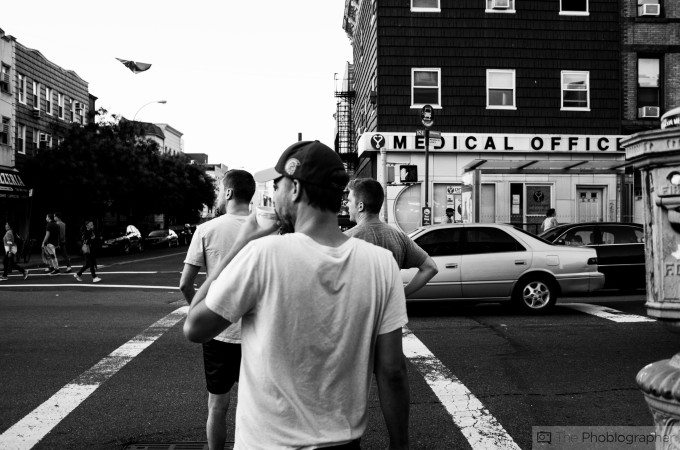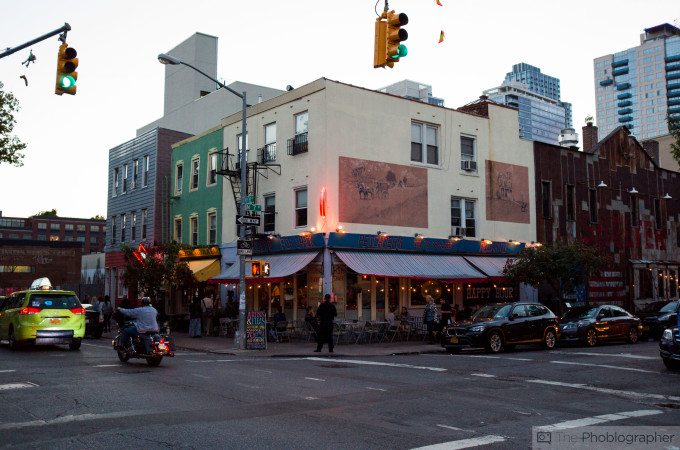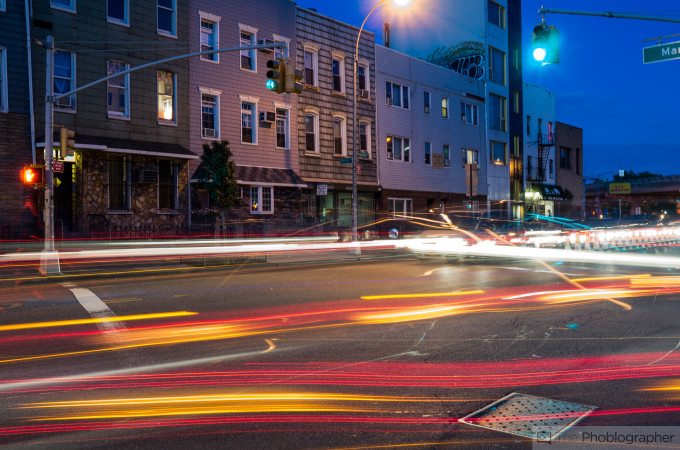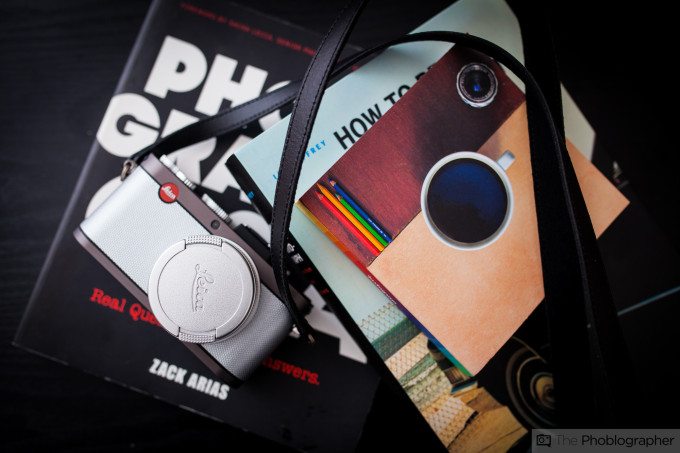Last Updated on 10/09/2014 by Julius Motal
Leica has long been known as a company that has paved the way for modern photography. But in recent years, they seem to be taking the back seat to many Korean and Japanese manufacturers. Still though, Leica has their core customers and considering economic disparity these days, there are many folks with deep pockets that want all their cameras. But Leica’s X series of cameras haven’t always been a big hit. Sure, they’ve got an APS-C sensor at the heart, a nice size, and beautiful looks–but when you start talking about the price you’ll want to cry a bit and wish that you were a trust fund kid living in Williamsburg.
But recently at Photokina 2014, Leica decided to try again. This time, the Leica XE has a 16.2MP APS-C sensor, a 24mm f2.8 lens, and a 2.7 inch 230 Dot LCD (which actually isn’t too bad in real life practice). But otherwise, the camera is still very much the same. Considering that Leica is slow to innovate, we can only expect so much.
What we didn’t expect, on the other hand, is to be this surprised by the camera.
Pros and Cons
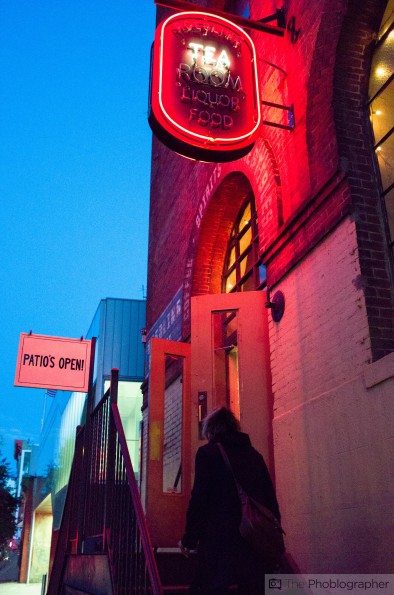
Pros
– Beautiful LCD screen that is very vibrant and not too terribly low of a resolution
– Nice feeling in the hand
– Beautiful silver and brown finish
– Dials feel nice though in the wrong locations
– Extremely versatile RAW files with fantastic high ISO results all the way to 6400–though 12,500 doesn’t need as much editing as we’ve encountered before with previous camera sensors.
– Focusing isn’t terribly slow; and when using the Spot AF you’ll get amazingly accurate focusing. This especially wowed us.
– Exceptional battery life when the screen is dimmed.
Cons
– Paying almost my monthly rent for a fixed lens point and shoot is absurd.
– The design begs for an integrated viewfinder
– An articulating LCD screen would have been very nice
– Wish that the aperture ring were around the lens and that the focusing dial were also there
– An integrated lens cap would be nice–not a pinch style.
– It’s 2014, and Leica should have integrated Wifi connectivity into the XE.
Gear Used
For this review we used the Leica XE by itself with the standard stock strap that comes with it. We took the lens cap along with us–but otherwise that’s pretty much it.
Tech Specs
Specs taken from the Leica XE listing at B&H Photo.
- 16.2MP APS-C CMOS Sensor
- Leica Elmarit 24mm f/2.8 Lens
- Lightweight and Compact Metal Body
- 2.7″ 230K-Dot TFT LCD Display
- 11-Point AF System
- Manual Focus and Manual Exposure Control
- ISO 12500, Up to 5 fps Shooting
- Pop-Up Flash & Built-In Hot Shoe
- Free Adobe Photoshop Lightroom Download
- Made in Germany
Ergonomics
The Leica XE is a point and shoot camera that has a very clear Leica heritage. It was designed to look like some of their M cameras but still has a modern touch for a more enthusiast audience. The front of the camera is very minimal and nearly devoid of controls. Of course though, you’ll get the little red dot Leica symbol.
The top of the camera is arguably where you may spend most of your time considering whether or not you’re using the LCD screen at all. There are two very nice dials here that control aperture and shutter speed along with a pop-up flash and the on/off switch which also controls the camera’s drive mode.
The XE also has a hot shoe on top.
The back of the camera is where you’ll find the LCD screen dominating most of the real estate. Surrounding the screen are directional function buttons along with a scroll wheel while on the other side are four direct function buttons. Also on the back of the XE is a focusing dial.
The Leica XE has a port door for USB access and HDMI out capabilities. We didn’t use these at all. Instead, we opted to just take the images off of the card directly.
Build Quality
As it is, the camera feels very nice in the hand–very much like an old rangefinder (which is Leica’s bread and butter). Your hand and fingers can easily cup around it and you can very comfortably wrap the strap around your wrist during street photography sessions. It overall feels like a solid camera but we didn’t give it a real torture test of any sort.
We see how someone would want the camera to have more of a pronounced grip, but as it is the camera feels great with the texture to the body that allows for better grip.
When using the camera, you’ll instinctively want to bring it up to your eye–but you’ll need to fight that urge.
Ease of Use
Leica’s menu system is extremely straightforward but also very long and daunting. The camera has only one real menu system that lets you control many parameters. It also pretty much wants you to shoot in JPEG since its only image quality settings are two different JPEG qualities and those same qualities bundled in with DNG RAW files. If you have the time and patience to go through the menu, you won’t really have much of an issue here.
Where we found the camera to be a bit problematic is with the dials. The shutter dial is in a great position, but it could have benefited from bit a tad larger so that my thumb could turn it easier without needing to grip the dial with two fingers. The same goes for the aperture dial–but overall we really wanted this to be around the lens. Again, the same applies for the manual focusing dial on the back of the camera. It’s very weird to have it on the top back of the camera–though we can see how it would make sense for the intended customer.
Autofocus
What we were actually very amazed by was the Leica XE’s autofocusing abilities. It’s not at all going to win any races, but it is about on par with many other point and shoots with the exception of Fujifilm’s offerings. The camera has a couple of different focusing options: one point, 11 point, face detection, spot, and manual focusing. 11 point focusing is surprisingly quick considering how slow the older iterations of the X point and shoot series were. Additionally, the single point is pretty quick too–but when it comes to street photography we will still recommend that you manually focus and use zone focusing. In real life applications though, even that can be tough to accomplish sometimes with this camera.
When you really need to get the most accurate autofocusing though, we recommend using the spot focusing which gives you a very small spot in the center of the screen. The leaf in the image above was swaying around in the wind, but we were able to capture it at f2.8 with spot focusing. It also helps quite a bit in dark settings.
Metering
The Leica XE wants you to underexpose by around 1/3 of a stop when measuring it against conventional Sunny 16 metering standards. This makes us think even more that a Sony sensor is at the heart. This isn’t too terrible either when it comes to modern cameras and their use of metering. When we set the camera to Aperture priority we came back with images that were genuinely overexposed and needed to be pulled back a stop.
Image Quality
AS ALWAYS, EXIF DATA HAS BEEN LEFT IN TACT AND IS IN THE FILE NAME. SIMPLY CLICK THE IMAGES AND THEY WILL APPEAR IN THE URL.
Overall image quality from the Leica XE is very, very solid. It uses a Sony sensor (to our knowledge) and so the results are of course going to be very good considering that they’re the leading sensor manufacturer in the industry. The Leica XE exhibits very basic RAW files but with loads of versatility. In fact, if you shoot in RAW you’re going to have to do more work to these than other RAW files that we’ve encountered.
High ISO Output

The Leica XE has pretty darned good high ISO abilities when looking at the image as a whole. The ISO 12,500 image above was editing mostly for the colors but still came out looking fairly decent. You’ll only get annoying when you go in at 100%. Again though, no one except for other photographers will look at your images at 100%. Further, when we say that the ISOs are pretty good we mean that you can totally get a sellable and usable images from this ISO setting. We didn’t even try to nerf the ISO noise in the image when editing in Adobe Lightroom and we’re still happy with how the results came out. If anything, we would have desaturated the purple channel a bit more both that would have changed the image up too much.
Beyond that, you’ll also really enjoy turning ISO 12,500 images into black and whites since the fairly low noise grain looks very nice and very film-like.
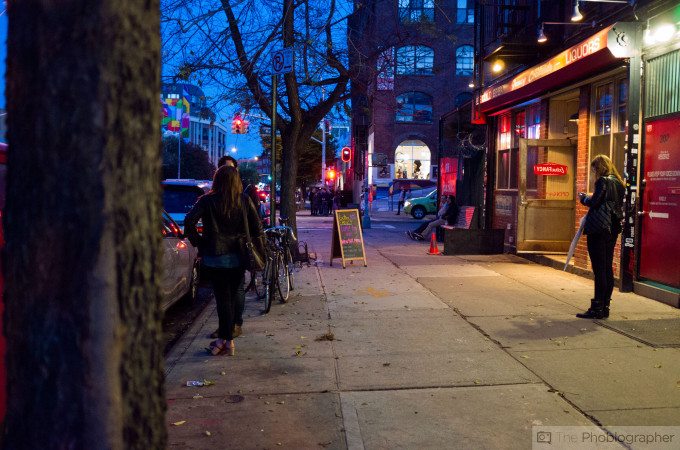
At 6400 the noise control is much better. There is slight detail loss but it isn’t at all too terrible again when looking at the image at ISO 6400. Additionally, the color rendition at higher ISOs is also quite good with very little luminance noise in the images.
RAW File Versatility
When we edited our images, we felt that we needed to bring them down by a full stop to get more details. During this process, we learned that the sensor retains lots of shadow details but not so much from the highlights. Again, this makes us believe that a Sony sensor is at the heart of the Leica XE. With that said, you’ll genuinely want to expose for the highlights in order to get them in the image.
Extra Image Samples
Here are extra image samples.
Conclusions
Likes
– Nice feeling in the hand
– Pretty damned good sensor output
– Not bad autofocusing for all but action situations
Dislikes
– Price
– Wish the dial placement were different
– An integrated viewfinder would have been nice.
Leica’s XE camera is a big improvement over the company’s previous entries into the X series of cameras. This sensor is quite good, offers sharp image quality, and controls the high ISO noise pretty well. The camera also feels great in the hand and will be a great accompaniment camera for someone travelling. There is a lot to like about it, but at the price point we’re majorly turned off since there are interchangeable lens camera offerings that are more affordable and offer many more features.
Still interested? B&H Photo has the camera for $1,795.
Recommended Accessories
Tap and Dye LEGACY Camera Straps: These are really the only straps that we would ever use with a Leica camera like this. The colors work very well with the bodies and Justin (the company’s owner) works to ensure that all the colors work well with various mirrorless camera types.


